09 Mar 2024
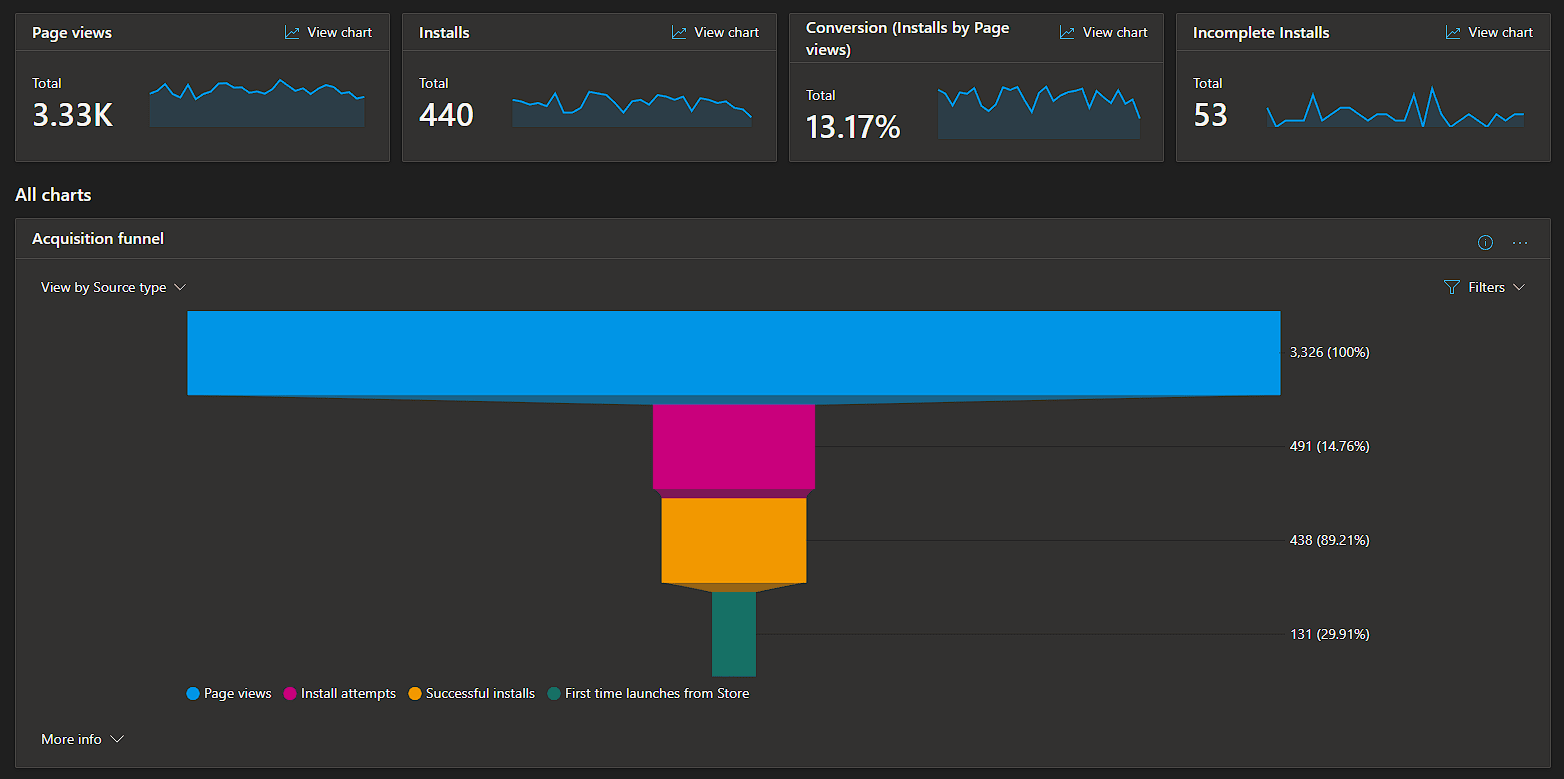
For some reason, my app, Piano 3D, is not downloaded much even though there are a lot of people visiting the Store Page. It’s a bit disappointing, as is the fact that the app gets 23rd place for “piano” search term in the Windows Store. Probably this is related to low conversion too.
So the question is, of course, how to improve the conversion. I’m not an expert, but I’ll try the following:
- new look and feel achieved by implementing HDRP rendering pipeline in Unity 3D
- decreasing the app size (currently ~123MB)
- new logo
This post will be the baseline for future updates, so just want to track conversion change.
If you have any advice on what may be wrong, the comments are opened and you are more than welcome.
I’ll attach more statistics just for historical reasons.
>>> Continue reading <<<
25 Feb 2024
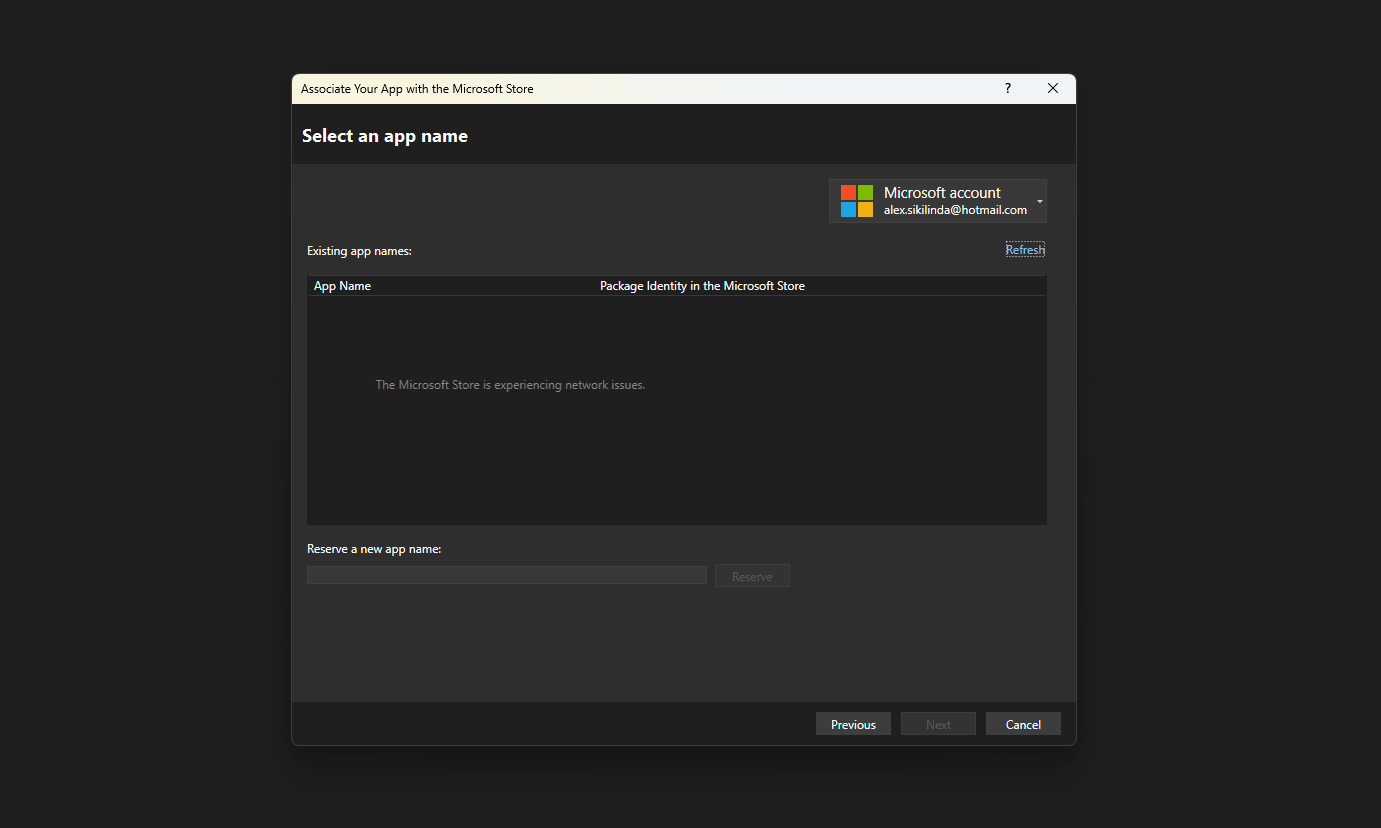
There is a problem with publishing apps to Microsoft Store which basically blocks any new submissions at this point.
If you try to “Associate the app with the Store…” in your Visual Studio you will get an error saying The Microsoft Store is experiencing network issues.
Even though I’ve tried all workarounds I can think of (Upgrading VS to the latest 17.9.1 version, clearing all kinds of caching, windows credentials, signing out from VS etc), nothing seems to help.
If you are experiencing the same - go to this issue on the Microsoft Developer Community portal, vote for it and leave a comment.
So far no workarounds have been provided by Microsoft and it really seems like the problem is on their side.
I’ll update the post once we have a solution.
UPDATE: the workaround for now is to use a US VPN. Although we are still waiting for MS fix for non-VPN access.
UPDATE2: the issue seem to be fixed, no workarounds required.
>>> Continue reading <<<
01 Jan 2024
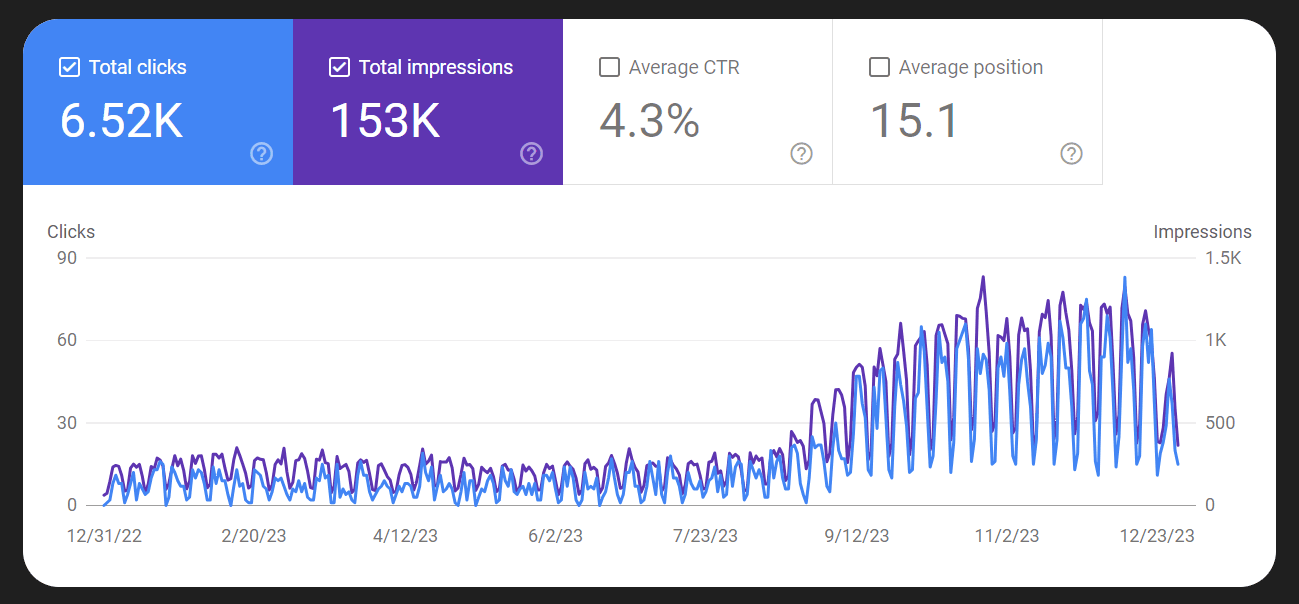
2023 is over, so it’s time to review this blog’s numbers!
The second half of 2023 was the period when I published a lot of useful articles which resulted in some traffic increase from Google and other search engines.
For the previous few months, the blog has been getting 40 unique visitors a day (1.2k a month). Let’s see who those people are and what they are looking for.
>>> Continue reading <<<
04 Sep 2023
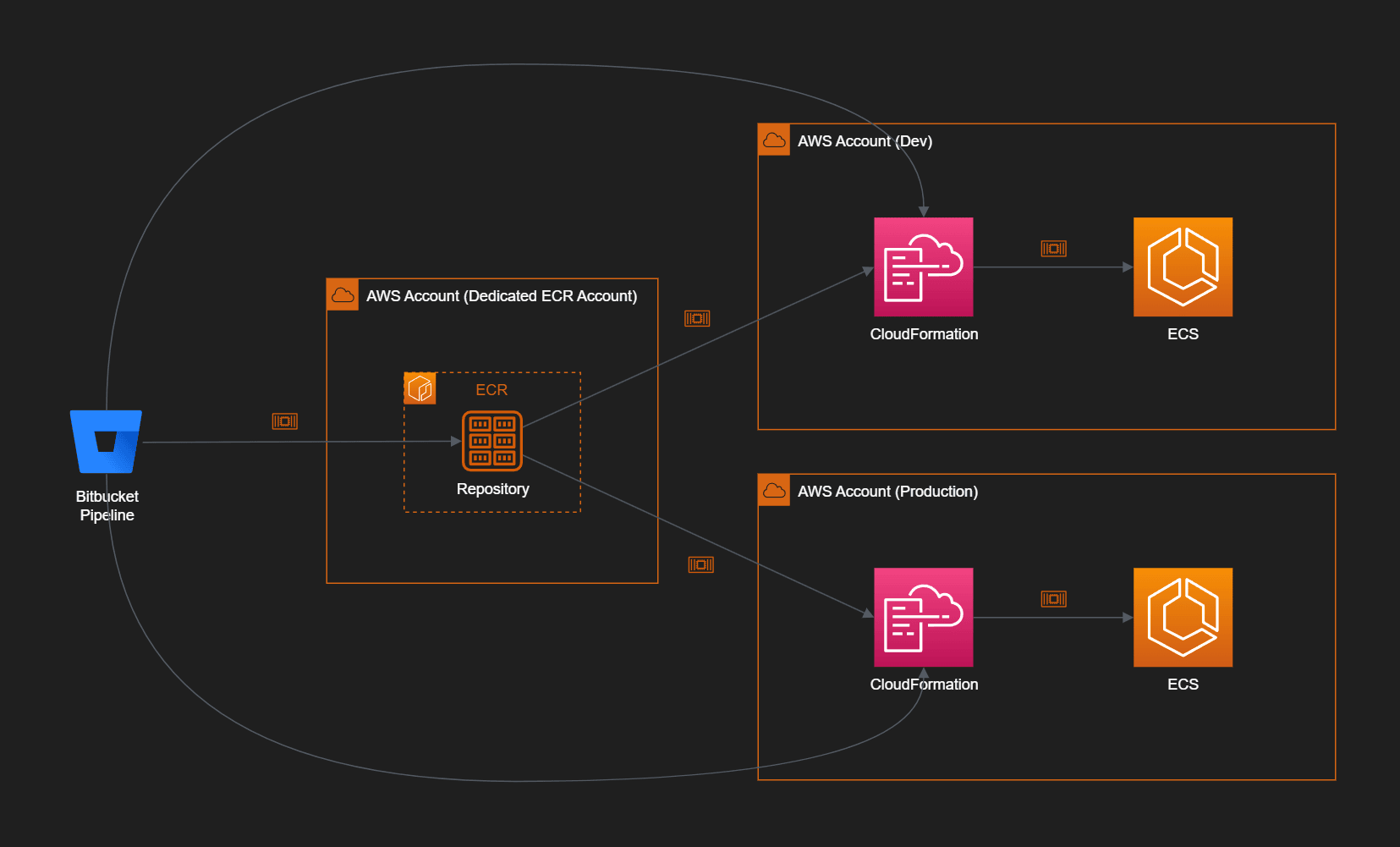
Depending on the size and complexity of your application you may use different strategies for grouping and securing your resources and environments.
Using multiple AWS accounts is a best practice for organizing your environments and defining clear security and billing boundaries.
Each environment requires ECR access for deployments, so the question is: do we create an ECR for each account or do we use one centralized ECR for all environments?
>>> Continue reading <<<
21 Aug 2023
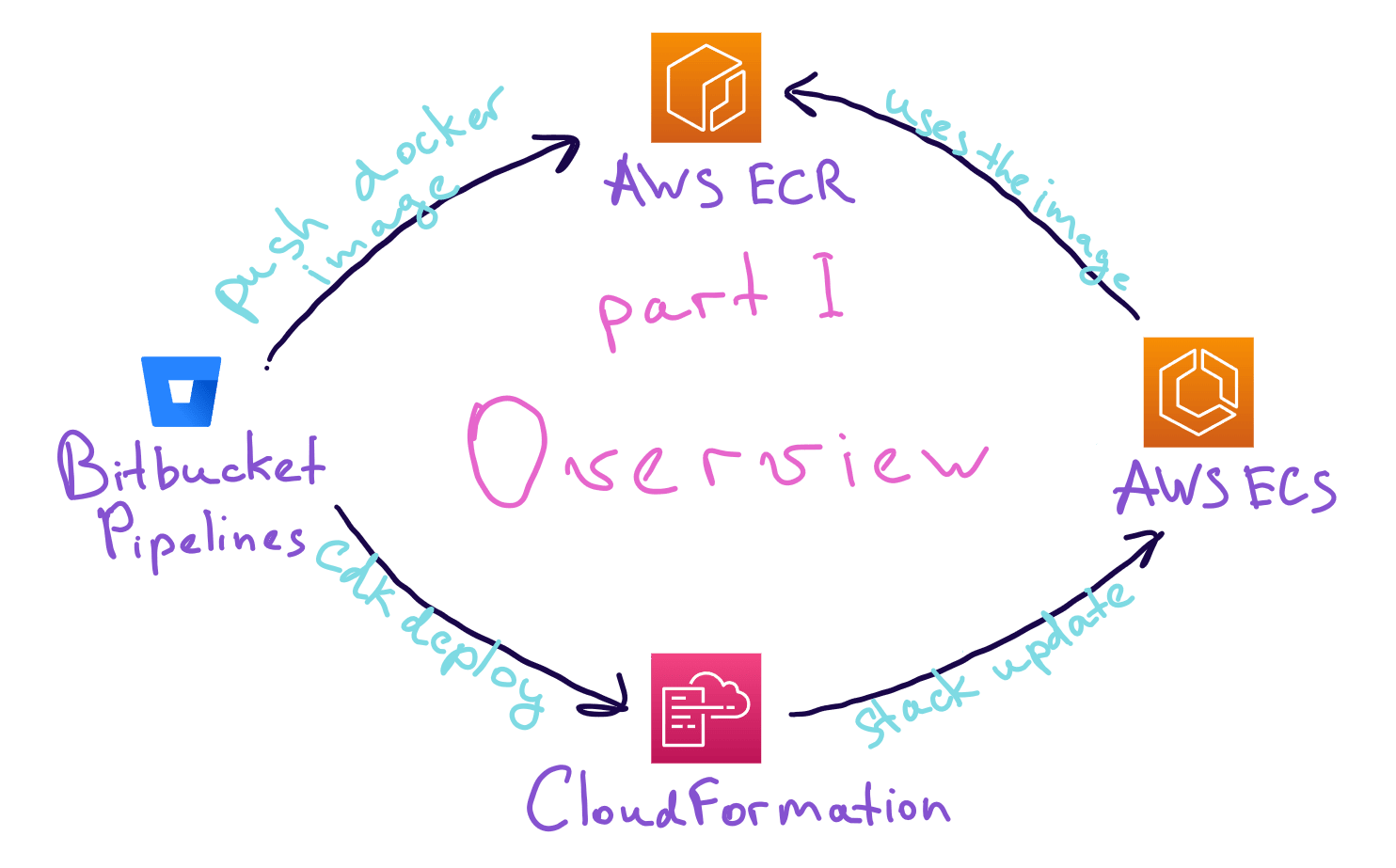
In this series of posts, we explore everything needed to deploy and run a containerized ASP.NET application on AWS.
We’ll start by creating an AWS ECR (Elastic Container Registry) to store the docker images of our application. We’ll create a Bitbucket Pipeline to build a docker image each time we push our code and publish it to the ECR.
Next, we are going to utilize AWS CDK to define AWS resources and deploy our container to AWS ECS (Elastic Container Service).
At the end of the series, we are going to have a completely automated CI/CD pipeline to deploy our .NET web app to AWS, with the app’s infrastructure managed by CDK code.
Today, in the first part, we’ll try to understand what all these services are for and what other options for containerized web apps are there in AWS.
>>> Continue reading <<<




